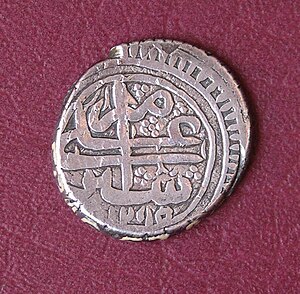
Image via Wikipedia
ETFs that allow investors to gain exposure to commodities on the stock-market instead of heading over to a futures exchange have seen tremendous growth over the last 5 years. In India, Gold ETFs, like Goldman Sachs’ GOLDBEES and Reliance Mutual’s RELGOLD are exceptionally popular. Given our gold-obsessed culture, it is not every surprising.
The advantages of holding gold in paper form are pretty obvious: no storage costs (save on safety deposit boxes), higher liquidity (sell/buy whenever) and consolidated statements (get your gold exposure along with your equity exposure from your broker).
But what is the catch? It really boils down to why you are buying gold. You definitely can’t wear the GOLDBEES around your neck. But other than for ornaments, people have always looked at gold as a store of value in uncertain times. i.e. disaster insurance. If everything else collapses, well, at least you have your gold that you could (theoretically) barter with. When disaster strikes, good luck trying to convince someone to trade your GOLDBEES.
But if you are not the type of guy who buys gold for insurance and is looking to track the price of gold at a reasonable expense, buy paper. In India, all gold ETFs must be backed by the physical underlying. They cannot stuff it with futures contracts or derivatives and call it a gold ETF. Presently, investment only in physical gold is allowed as per SEBI guidelines.
Gold ETFs, at least in India, are as good as gold.








